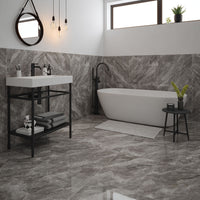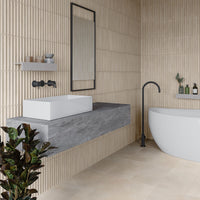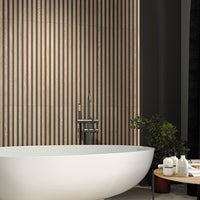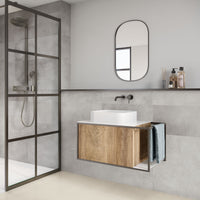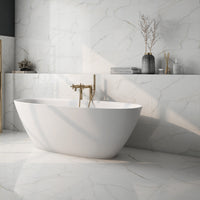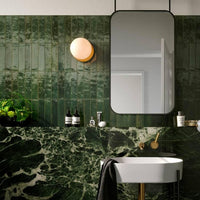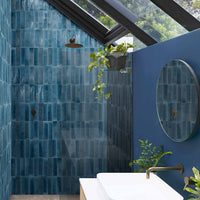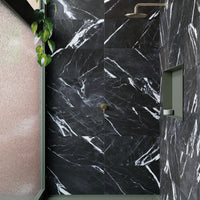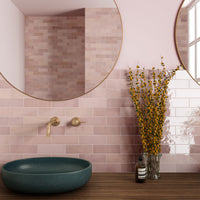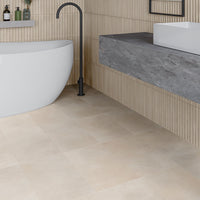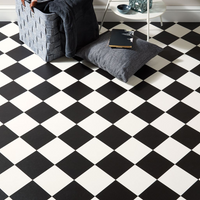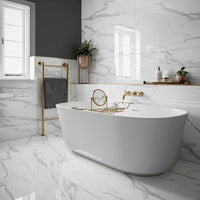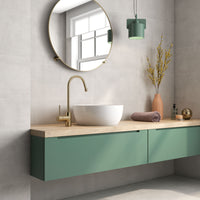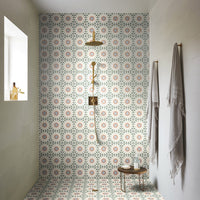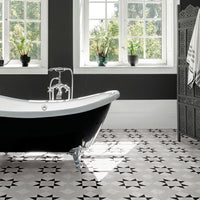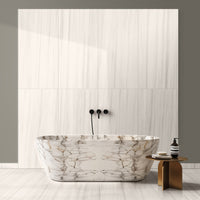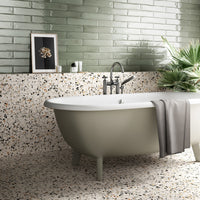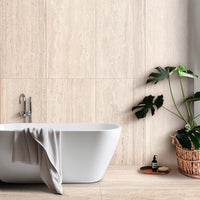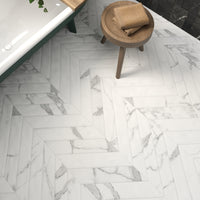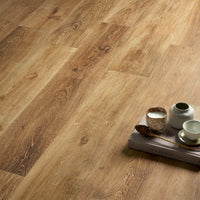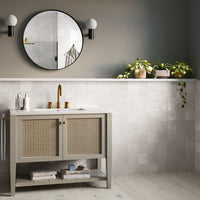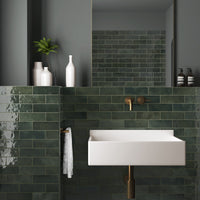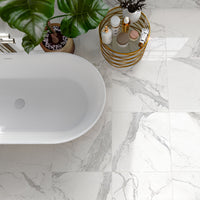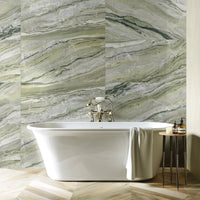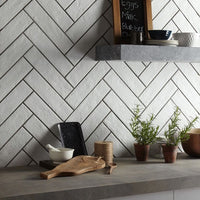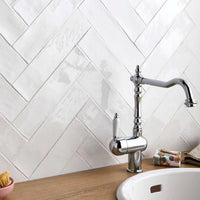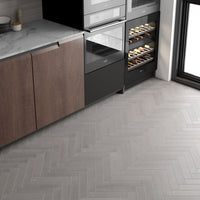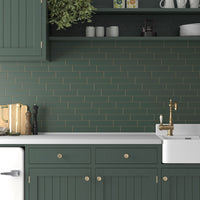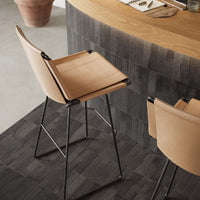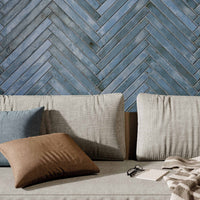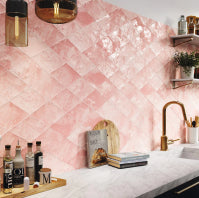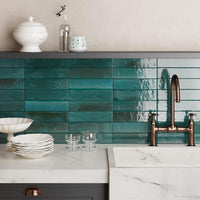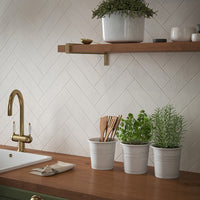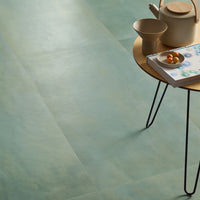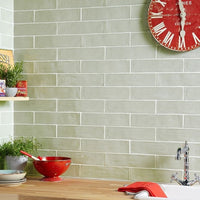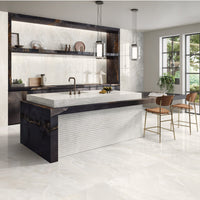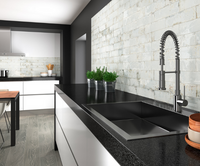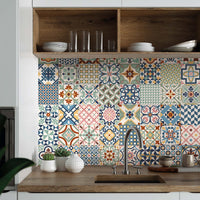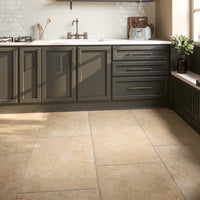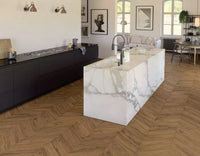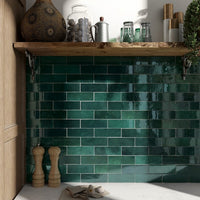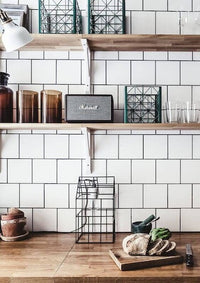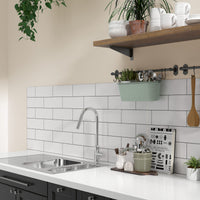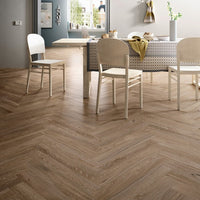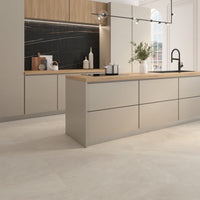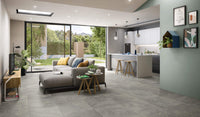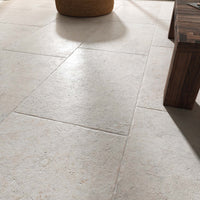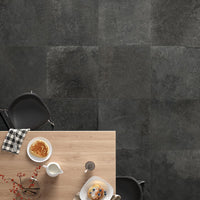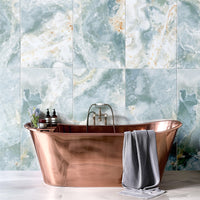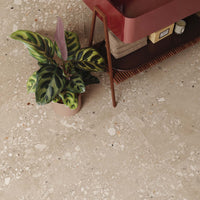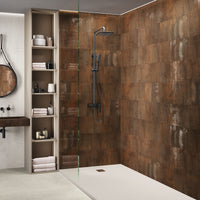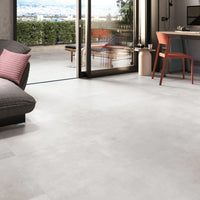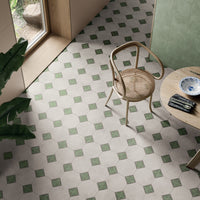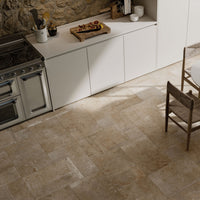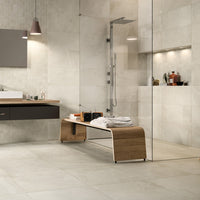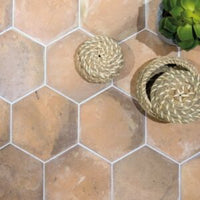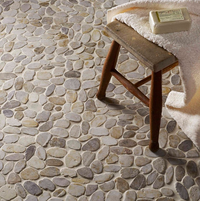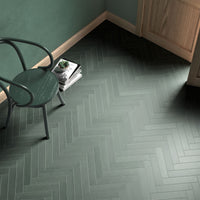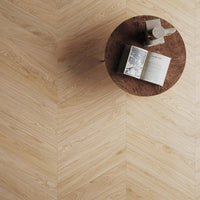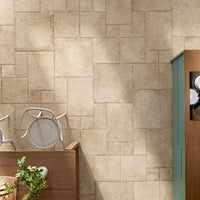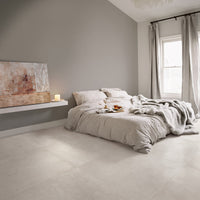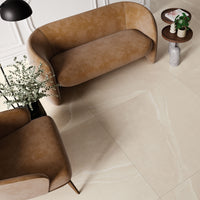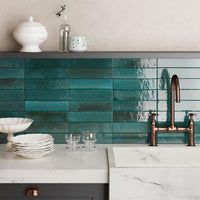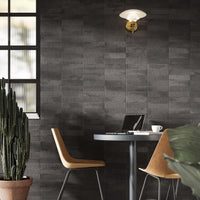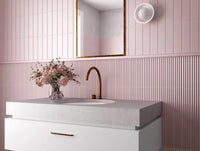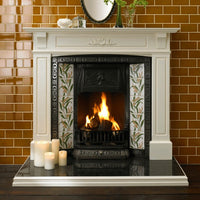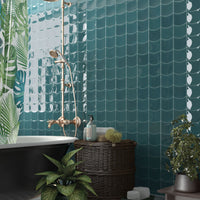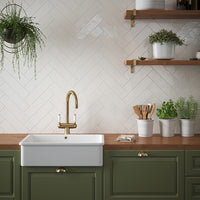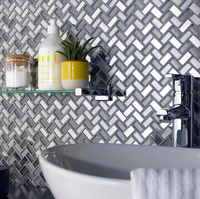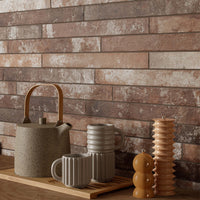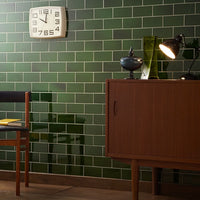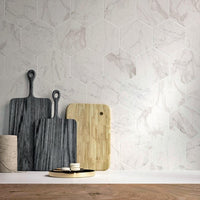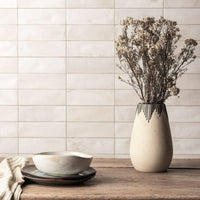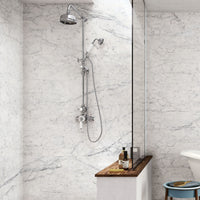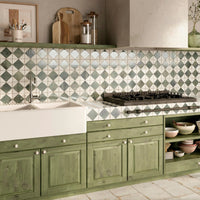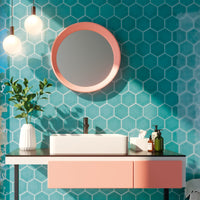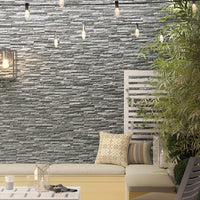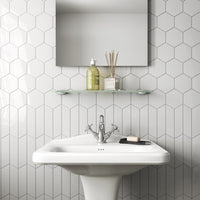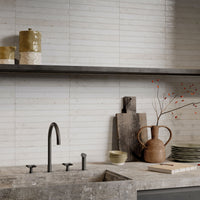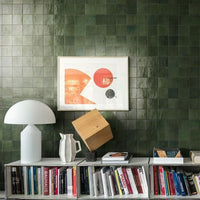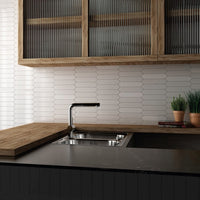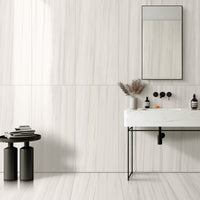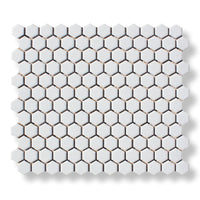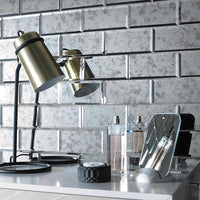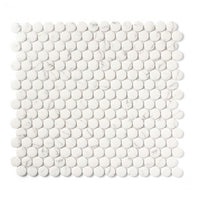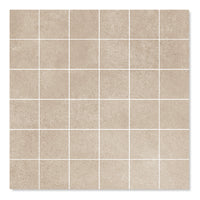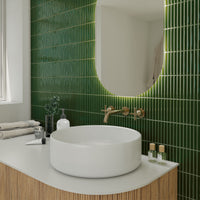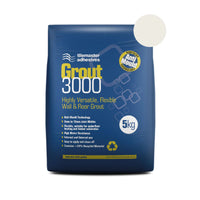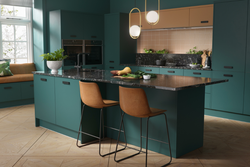The BBQ Tile
As we all know, patterned tiles are a great way to create an eye-catching interior. But for Assemble, a London-based architecture collective, standard patterned tiles just wouldn’t fit the bill. Commissioned to design the bar for the Ace Hotel in Shoreditch, they decided create their own ceramic designs, by ‘smoking’ plain white tiles in a barbecue.

This technique is based on the traditional Japanese ‘raku’ process, where the tiles are removed from the hot kiln - or BBQ in this case - and allowed to cool in the open. Adding pine needles and fruit skins to the fire changes the smoke intensity, helping to ensure that each and every tile was completely unique. We’ll take our hats off - this is an incredibly original way to play with clay. However, it’s probably best not to try this at home.
The Snail Poo Tile
It’s that time of year when we all look ahead at potential trends for the coming twelve months. And we’re pretty sure that these snail poo tiles won’t be featured on any must-have lists…

That’s right, the tiles above are made from snail poo. A Dutch artist, Lieske Schreuder, apparently came up with the idea after noticing that snails in her garden were fond of eating paper. She decided to feed them coloured paper, which results in - how else to put this? - vibrantly coloured poo. Lieske then grinds these faeces and flattens them to form her excellent excrement tiles. As you can probably imagine, progress happens at a snail’s pace - nine snails will take five days to produce a single metre of poop thread. An interesting concept but we’ll stick to our porcelain, thanks.
The Climate Tile
Walking on water? Visit Copenhagen next year and you might be able to, if tests of the Climate Tile prove successful. Conceived by Tredje Nature, a Danish architecture studio, this modern system promises to help reduce flooding in cities hit by increased rainfall.

The idea is remarkably simple; replace your current pavements with these tiles, which are peppered with holes and ridges. These collect rainwater into a channel below, from where it can be managed effectively rather than forming puddles in the road. So for example, this rainwater could be stored for some time to receive pressure on the sewer system, or funnelled to nearby planters to help improve street life. A test sidewalk is currently underway in Norrebro, the city’s coolest neighbourhood. If you’re in the area, check it out at 22-24 Heimdalsgade.
The Tesla Tile
Excuse the pun, but Tesla cars are fast-becoming a familiar sight on British roads. But did you know that the same company also make solar roof tiles for houses? Using their electrical and technical know-how, the company have created solar panels that are cleverly camouflaged to look just like any old roof tile. They’re made from tempered glass which is incredibly durable. In the word’s of Elon Musk, Tesla’s founder, they’re never going to wear out and have a quasi-infinite lifetime.

These are much more pleasing to look at than traditional solar panels and side by side, you’d be pushed to notice the difference. Although you probably will when you check your electricity bill; having these tiles installed on your home will really push the cost down. Now if we could only move our house to sunny California…
The Energy Creating Tile
It appears that Elon Musk doesn’t have a monopoly on energy-creating tiles. Founded by a graduate from Loughborough University, Pavegen have developed a paving slab that generates electricity from people’s footsteps.

We won’t try and explain the inner workings, but essentially this is ‘people power’ and the generated energy can be used to run street lamps and the like. In a recent installation, ten tiles were installed at Canary Wharf (shown above) and powered two nearby street lights. The tiles can also capture data from each and every footstep - a step in the right direction for smart cities of the furture, if you’ll excuse the pun.
The TV Tile
Remember those gigantic televisions and monitors we all used to have? Well, since flat-screens took over, there’s a mountain of discarded CRT screens piled up. Quite literally - it’s estimated that there’s nearly 1 billion pounds of discarded screens in the US alone, a third of all electronic waste. Here’s where Fireclay Tile steps in. Best known for their gorgeous handmade tiles, this Californian producer raised $10,000 on Kickstarter to fund a new tile line that’s made from these old CRT screens. They crush the screens into a fine glass powder then melt, mould and fire. The end result is an award-winning line of glass tiles, which they’ve named Phosphor.

This glass, in its second life, retains the natural grey hue from its previous existence which is right on trend for today’s contemporary kitchens. Here’s a cool fact - the average 5 square metre splashback is made from 13 screens.
The Spaceship Tile
Did you know that the Space Shuttle was covered in thousands of tiles? About 24,000 of them, to be more precise. Although to paraphrase Mr Spock from Star Trek, these are tiles Jim, but not as know them. Getting the Shuttle up was one thing; getting it back safely was another. During reentry into the East’s atmosphere, the Shuttle would face incredibly high temperatures which would melt most materials, so Nasa developed a ‘skin’ of thermal tiles. These would protect the fragile hull from the searing heat of reentry as they can be safely heated to an scarcely-believable 2200°F.

They’re basically composed of pure silica glass and a lot of air, which are both extremely poor at conducting heat. Check out this red hot video and you’ll see a giant kiln at Kennedy Space Centre baking blocks of the tile material - the cubes come out glowing from the heat but you can pick them up at the corners almost immediately! Fun fact - it took one worker around forty hours to install a single tile. Can you imagine how long your new bathroom would take?
The Gold Mosaic Tile
Although Big Ben is probably the most famous clock face in the world, it’s far from being the biggest. That accolade goes to the Makkah Royal Clock Tower in Mecca, Saudi Arabia, which is almost five times the size! One of the world’s tallest buildings, this tower holds a number of world records - including, we imagine, the largest single order for 24 carat gold leaf mosaic tiles. Yes, you read that right - mosaics, made from actual gold leaf.

The four faces of the clock tower are decorated in over 98 million of these tiles, covering an area equivalent to two football pitches. These mosaics were produced in Venice by master craftsman at the Orsoni mosaic foundry, following a traditional that’s over a thousand years old. Gold leaf mosaics are usually made by hand but for this project, some automated techniques had to be introduced. There’s a little magic and mystery involved in the production - we’d recommend watching this short video for a little more insight.
